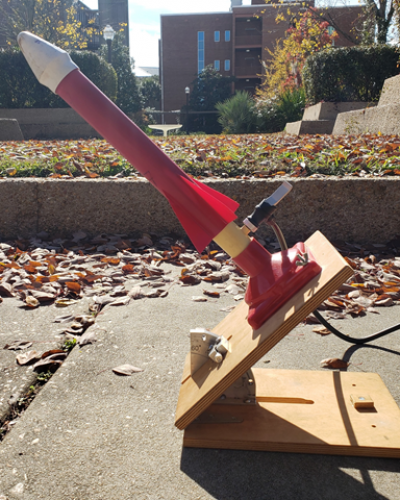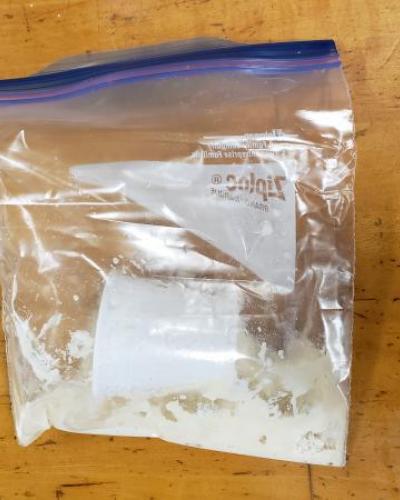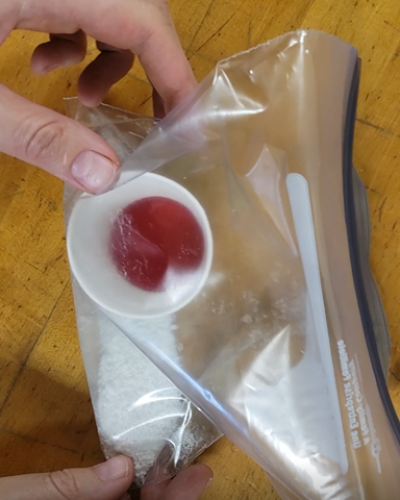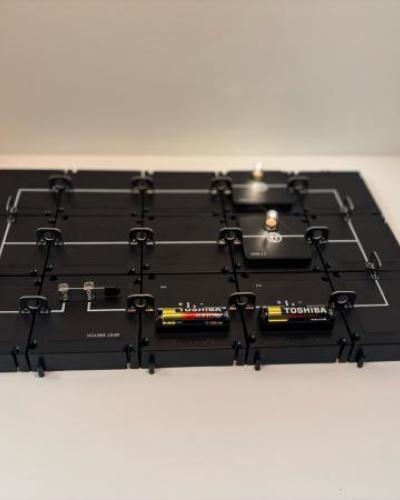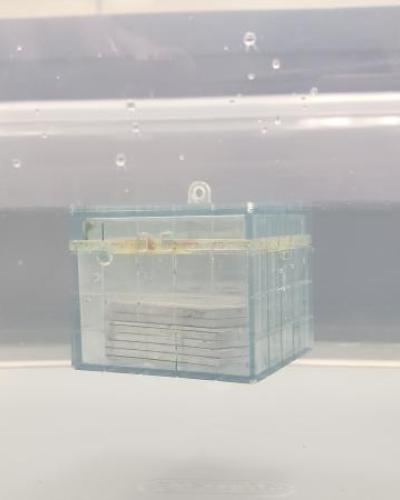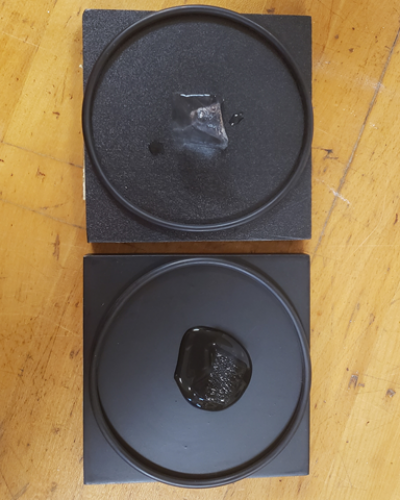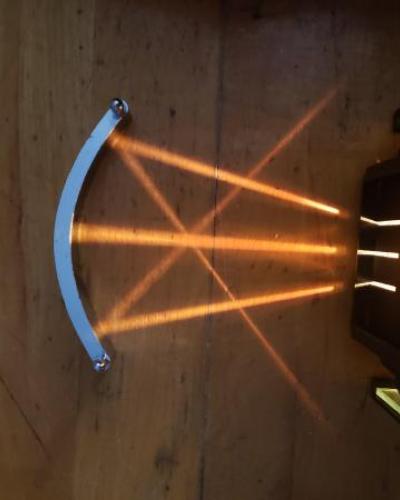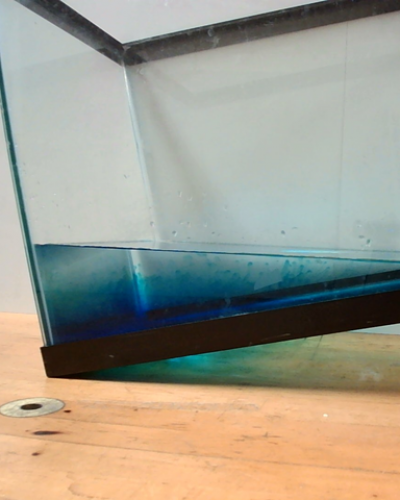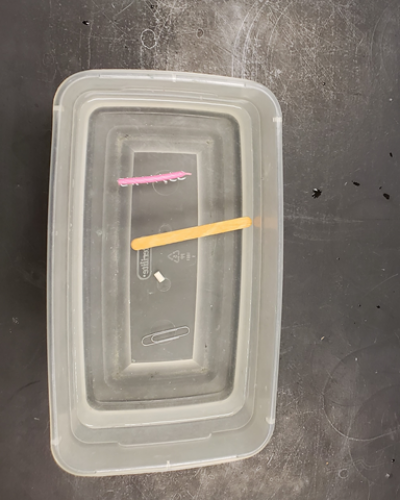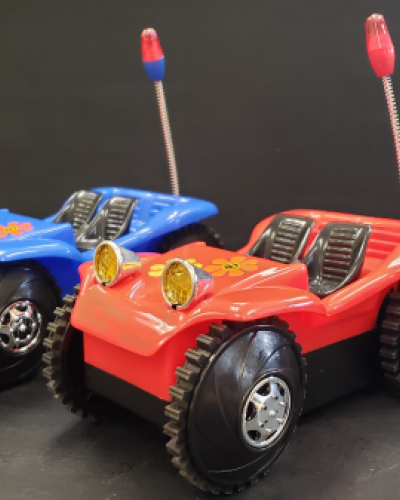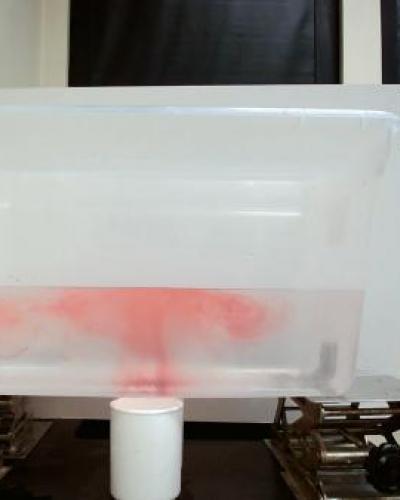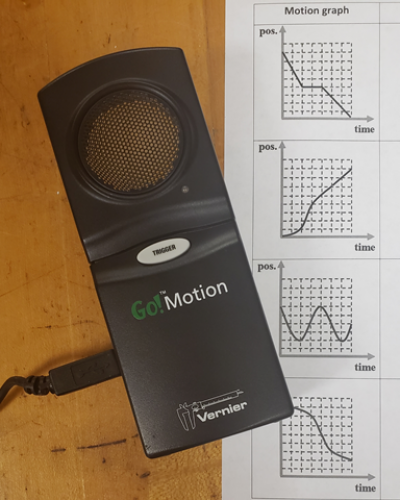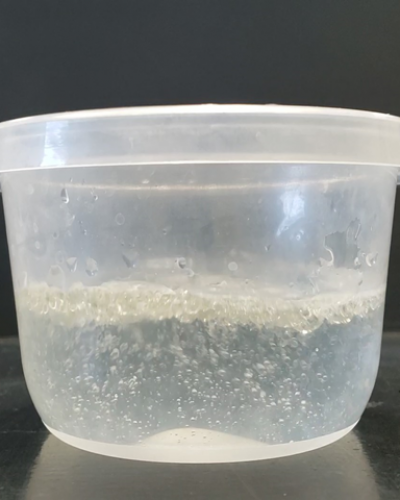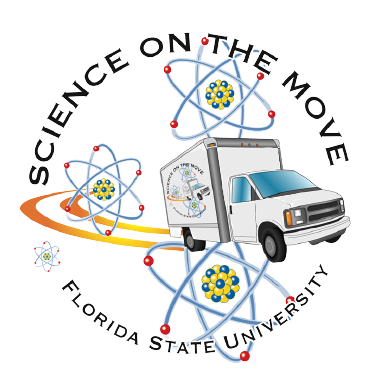Investigations
We have a selection of investigations available for in person and virtual visits. Please use the "Format" filter below and/or note the details for the individual investigations to ensure you consider investigations that are appropriate for your class and location.
Please note:
- Investigations typically require at least a full 45 minutes per class (not accounting for transitions between classes), and 60 minutes is preferred.
- Each class/session should not have more than 25 students.
- In person visits are available in the Big Bend region, within a 1 hour drive from Tallahassee.
- For virtual visits, Science on the Move staff will interact with your students via Zoom (or similar). The hands-on portion can be enacted as a presenter-led demonstration by Science on the Move staff or by the students if you wish to supply the materials.
- For more information on visits, see the FAQs.
To sign up, see the Visit Requests page.
3-2-1 Blast Off
Grade: Upper Elementary (4-5), Middle (6-8)
A student favorite and beloved tradition in many schools! Students apply their knowledge of experimental design to draw conclusions about the effects launch angle and launch velocity have on the horizontal range of a rocket.
This investigation requires the use of a large open field with an access point for the van.
Keyword(s): Projectile, Kinematics
Acid Rain
Grade: Upper Elementary (4-5), Middle (6-8)
Physical and chemical changes are compared through a simple model of acid rain. Students get excited as they create a bubbly chemical reaction.
This investigation requires basic familiarity with physical and chemical changes.
Keyword(s): Physical Changes, Chemical Changes
Do You See What I See?
Grade: Lower Elementary (K-3)
Students make observations and draw diagrams as they observe objects through a microscope. Students are amazed at the details the microscope reveals.
This investigation requires access to a power outlet.
Keyword(s): Microscopes, Observing small objects
Don't Overreact
Grade: Upper Elementary (4-5), Middle (6-8), High (9-12)
Students use their senses to detect a chemical change. Watch their eyes widen as they hold a bag that changes temperature, fills with gas, and changes color. This activity is derived from the GEMS Chemical Reactions.
This investigation requires basic familiarity with chemical changes.
Keyword(s): Physical Changes, Chemical Changes
Exploring Circuits
Grade: Upper Elementary (4-5)
Students explore the basics of electricity by building simple and parallel circuits with the PASCO Modular Circuit Kit. They investigate how electricity flows, why a complete loop is required, and how different setups affect the brightness of light bulbs.
This investigation requires access to the PASCO Modular Circuit Kit.
Keyword(s):
Floating Fractions
Grade: Upper Elementary (4-5), Middle (6-8)
Students use Archimedes Blocks and density calculations to connect visual and numerical representations of fractions.
Access to a water supply is also required.
Freeze Your Mind
Grade: Upper Elementary (4-5), Middle (6-8), High (9-12)
Students unpack the concept of heat by comparing how ice responds to different materials. There are plenty of surprises as the ice melts!
This investigation requires access to ice.
Keyword(s): Temperature, Heat
I See the Light
Grade: Upper Elementary (4-5), Middle (6-8), High (9-12)
Students use light boxes to explore the effects lenses and mirrors have on the path of light. They then consider the human eye and what it means to be near- or far-sighted.
This investigation requires access to power outlets.
Keyword(s): optics, reflection, refraction
Sea for Yourself
Grade: Upper Elementary (4-5), Middle (6-8)
Students consider density in the context of ocean flows as they make predictions and then test their ideas by creating their own density currents!
This investigation requires access to a water supply, ice, and a power outlet.
Keyword(s): Density, Ocean Currents
Sink or Swim - Who Will Win?
Grade: Lower Elementary (K-3)
Students test whether different objects sink or float and consider the relationship to material properties. Students get excited as items sink or float unexpectedly! They then engage in an engineering challenge to build a boat that will float and hold as many marbles as possible!
This investigation requires access to a water supply.
Keyword(s): Sinking and Floating
Sparking Ideas About Uniform Motion
Grade: Upper Elementary (4-5), Middle (6-8), High (9-12)
Spark timers and toy cars are used to spark student ideas about uniform motion and make connections between physical motion and graphical representation!
This investigation requires basic familiarity with graphical representations of data and access to power outlets.
Keyword(s): Kinematics, Motion, Graphs
Stormy Weather
Grade: Upper Elementary (4-5), Middle (6-8)
What does the inside of a hurricane look like? Students unpack this question using a tank model and all its stormy patterns.
This investigation requires access to a water supply and a power outlet.
Keyword(s): Density, Heat Transfer, Convection, Hurricanes
Walk This Way
Grade: Middle (6-8), High (9-12)
Get your students on their feet in the name of science! Students are challenged to match a given position-time graph by moving in front of a motion detector and develop their understanding of graphical representations of motion.
This investigation requires access to a power outlet.
You're Oil I Need
Grade: Upper Elementary (4-5), Middle (6-8)
Students use a simple model to consider what happens during an oil spill, making predictions, observations and explanations. Students are surprised by how the oil and water will not mix, however hard they try!
This investigation requires access to a water supply.
Keyword(s): Density, Oil Spills


